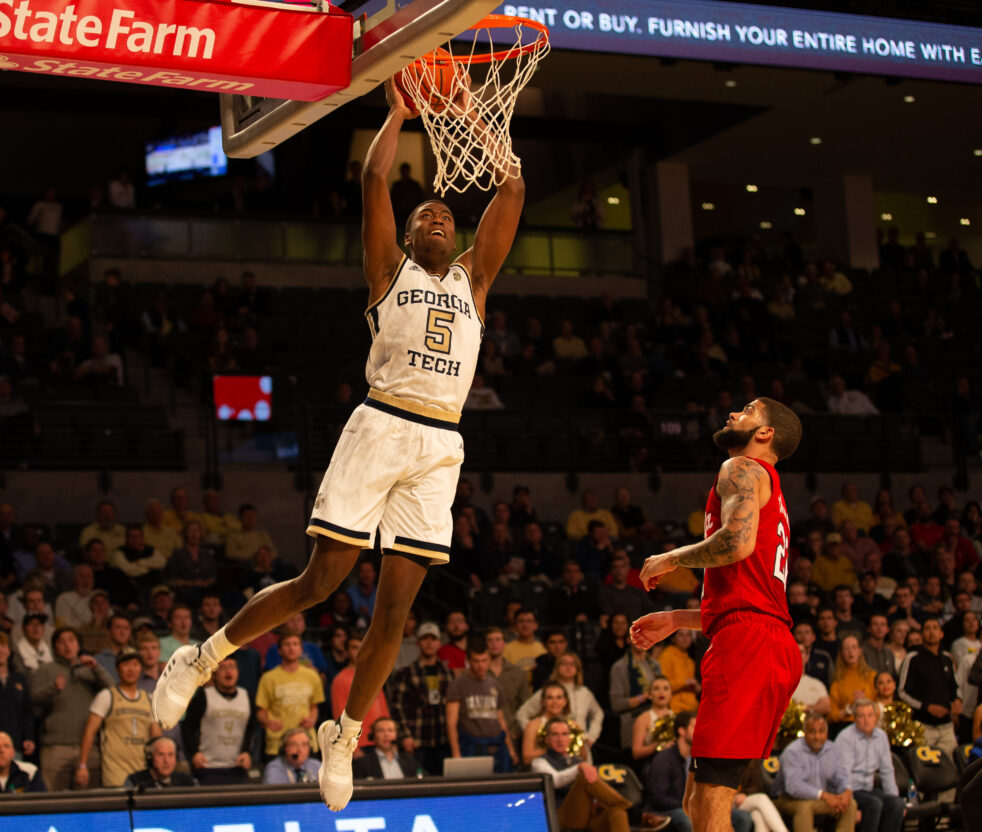Parity is a word that is gradually escaping college football’s reality. In the seven years of the College Football Playoff era, either Alabama or Clemson have won the National Championship in five of those instances. Out of the 28 teams to make the playoffs, 20 of them have been Alabama, Clemson, Ohio State, or Oklahoma. With these perennial members of the playoffs, it has become possible to predict the top four not only in this year’s playoffs but for future years as well with extremely high accuracy.
Officials around the nation saw this as a sign that a change needed to be made. From a business standpoint, college football is the biggest source of revenue for these programs. As a result, many of the large-scale decisions are made based on the impact on college football.
Over the summer, Texas and Oklahoma announced their eventual moves from the Big 12 to the SEC for those exact reasons. This caused a notable response involving the other three Power Five conferences.
While still not officially signed, it was announced last week that the ACC, Big 10, and Pac-12 would be collaborating to form what is said to be called “The Alliance.” This has the potential to have large ramifications in all sports on two fronts: the individual sports and the business side.
One of the biggest downsides of this would be that while the top tier of teams could expand by a few more members and compete more frequently, the disparity could increase between them and the lower tiers. With a larger assortment of teams in “The Alliance,” there will be more games amongst perennial favorites such as Ohio State, Michigan, Penn State, Clemson, USC, and Oregon. That said, there will also be more games amongst recently struggling teams such as Rutgers, Oregon State, Arizona, and Syracuse.
The elite teams will continue to grow and separate themselves above the rest of their conference opponents. This will be an idea translated across collegiate athletics. Whether it is football, basketball, softball, volleyball, or any other sport, it will cause several programs to change their level of relevance from what it currently stands.
On the other hand, every sport will have a slightly bigger but continuous set of teams that will be playing in the primetime marquee matchups. This will bring in greater viewership for those games to garner more fan interest. The more exposure the teams have to big moments and big lights, the more they will be ready for the playoffs and tournaments as well as the professional level.
The main driving force behind the creation of “The Alliance” is to be able to be home to the teams that will be more consistently able to defeat the SEC teams. If teams are already used to playing in the big moments, they will be in their element while playing the big games when the postseason stretch comes around.
Additionally, a mark against the Pac-12 for not being as largely noticed has been that due to differences in time zone, their games are not watched as much as those played in the rest of the nation, which can cause them to not receive as much attention as they deserve.
This would be eliminated as the current Pac-12 teams would have more games with times that are compatible with the rest of the nation as they play more teams from around the country. On the business side, fans are always more intrigued by the more competitive prime time games. More games of this variety will boost profit margins season to season. With recent NIL rulings, the popularity of student athletes will already be on the rise leading to increases in both ticket sales as well as team merchandise. These two ideas combined with one another will lead to collegiate athletics witnessing record high numbers in revenue.
Another aspect that will change will be the competitive balance of each team through the season. With more frequent tougher competition, there will be greater opportunities for teams to stumble and not see as many 10 win seasons. Greater uncertainty yields greater fan intrigue.
College athletics is a time where student-athletes get to work hard in the classroom and on the field or court. Conferences have been set up in a way where athletes can compete and excel in the classroom without having excessive travel in the regular season. However, with conference realignment, athletes will consistently have longer travel times to play against their respective opponents.
From a business standpoint, there is a lot to gain from making such a notable change. However, the impact it will have on each program poses the question of whether it is worth it. While the merger between the ACC, Big 10, and the Pac-12 is yet to be made official, it has the potential to change collegiate athletics as we know it.
